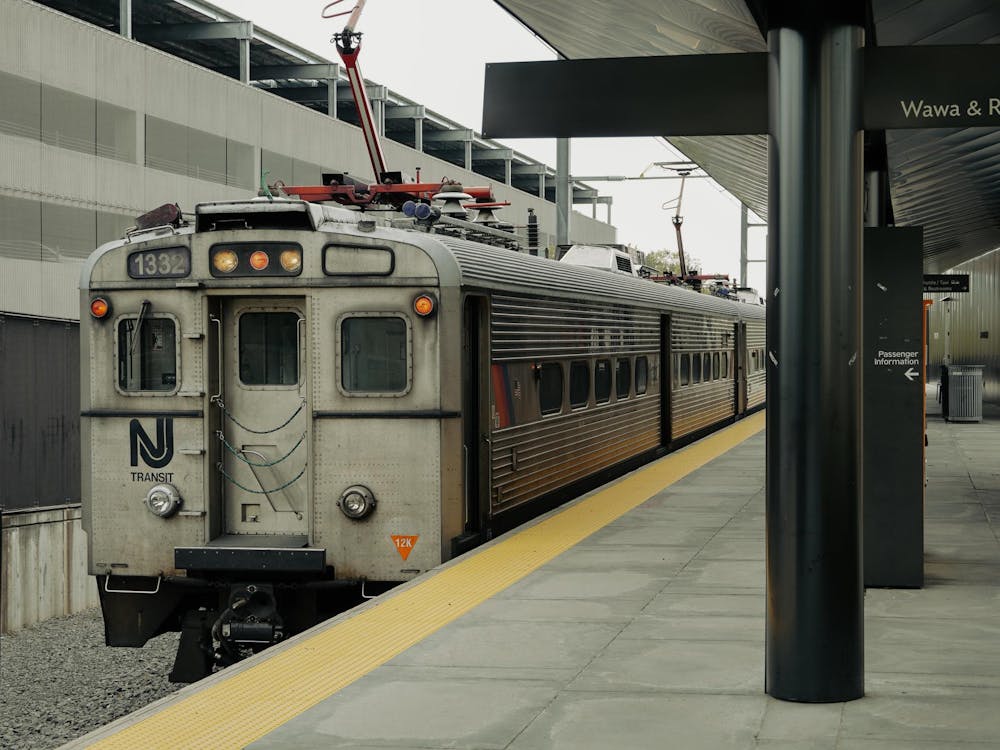I’ve spent a lot of time in Utah throughout my life, including this most recent spring break. I’ve gone back to visit family and hit the slopes of Park City every year for as long as I could remember. Though this tradition has fallen to the wayside since coming to Princeton, it only took a few days in the mountains to remind me of Utah’s unique value, with all of its wild and natural spaces.
These spaces are facing an attack from the current U.S. administration, as President Donald Trump and members of his cabinet seek to reduce the size of two of Utah’s most important national monuments. These monuments are crucial to our national identity, as they have served towards conserving important aspects of Native American culture as well as many plant and animal species. Thus, the preservation of these monuments is not only important because of their beauty and escapism from everyday life but also because of the cultural and research opportunities they offer. No matter how many thousands of miles away from New Jersey the national parks and monuments of Utah are, the responsibility of getting involved and fighting for their preservation largely falls on students. Even after the initial rush of headlines and news anti-preservation decisions receive, we must maintain the momentum and passion for conservation and continue to make our voices heard. This momentum is the only way that this detrimental decision by Trump can be reversed, and the only way that similar policy changes in the future will be prevented.
In December of 2017, President Donald Trump, alongside U.S. Secretary of the Interior Ryan Zinke, announced plans to reduce the land of two protected national monuments in Utah. Bears Ears National Monument, a 1.35 million-acre region including several critical Native American archaeological sites, will likely be shrunk by 85 percent. The Grand Staircase-Escalante National Monument, which currently encompasses 1.87 million acres, will be shrunk by approximately 50 percent. The policies effectively went into place immediately, despite numerous lawsuits by environmental groups and Native American tribes. Though the reduction of the monuments has not had a significant effect on the land itself, a recent move by the Trump administration indicated how this might change. The Bureau of Land Management began selling off plots of the land adjacent to Bears Ears National Monument to drillers in early March and recently completed the sale of all available plots. It seems that the land formerly a part of the national monuments might face the same fate.
Trump has stated that he is reducing these acreages because parts of the monuments “are not unique to the monument” or “are not of significant scientific or historic interest.” These spaces, like all national monuments and parks, are far more than places to hike or take pictures; they are a part of the identity of the United States. They provide an escape for those burnt out by technology or work or politics, they provide insight into a Native American culture largely on the defense against the current U.S. administration, and they provide a reminder that the world is far bigger and far more beautiful than our small campus in New Jersey. However, the reduction of the spaces will likely result in drilling or development, endangering plant and animal species as well as negatively affecting air quality. Furthermore, reducing these spaces in favor of a “more efficient” use loses sight of why they are special in the first place. The value of time spent amongst nature cannot be measured in efficiency or scientific significance.
Some Princeton students are already acting. Princeton’s Conservation Club ran an initiative to petition Zinke and Trump to maintain federal government protection of the original land designation of the two monuments. According to Noah Mihan ’19, a leader of the club, many students who attended the Conservation Club’s event “actually call[ed] their congressmen on the spot, which is so much more powerful than signing petitions or sending emails.” Some Princeton students have recognized the sacredness of the national parks and monuments of the Western United States; they have dropped their problem sets and papers in favor of trying to make their voices heard. But efforts such as those of the Conservation Club must be continued in order to truly make a difference.
When Zinke and Trump first made the announcement that they would be shrinking the national monuments, there was outrage across the country, particularly among college campuses. As the following months went by, this outrage subsided, and the initiatives lost momentum. Historic preservationists are still fighting the sale of portions of the national monuments to oil and gas companies, but they are not receiving the same support that they did back in December. It is up to students who realize how special the spaces are to put these events back in the headlines with renewed efforts to make their voices heard. Mihan believes that “the pressure that students have pushed upon the opponents of environmentalism in our government is just part of a larger movement sweeping the nation,” one that has the potential to truly have an impact. As potential members of this movement, we must maintain the momentum for issues we are passionate about; thus, I am calling for students to continue to pressure the government to maintain the natural spaces that are formative to our national identity.
Morgan Lucey is a junior studying neuroscience from Scottsdale, Ariz. She can be reached at mslucey@princeton.edu.







